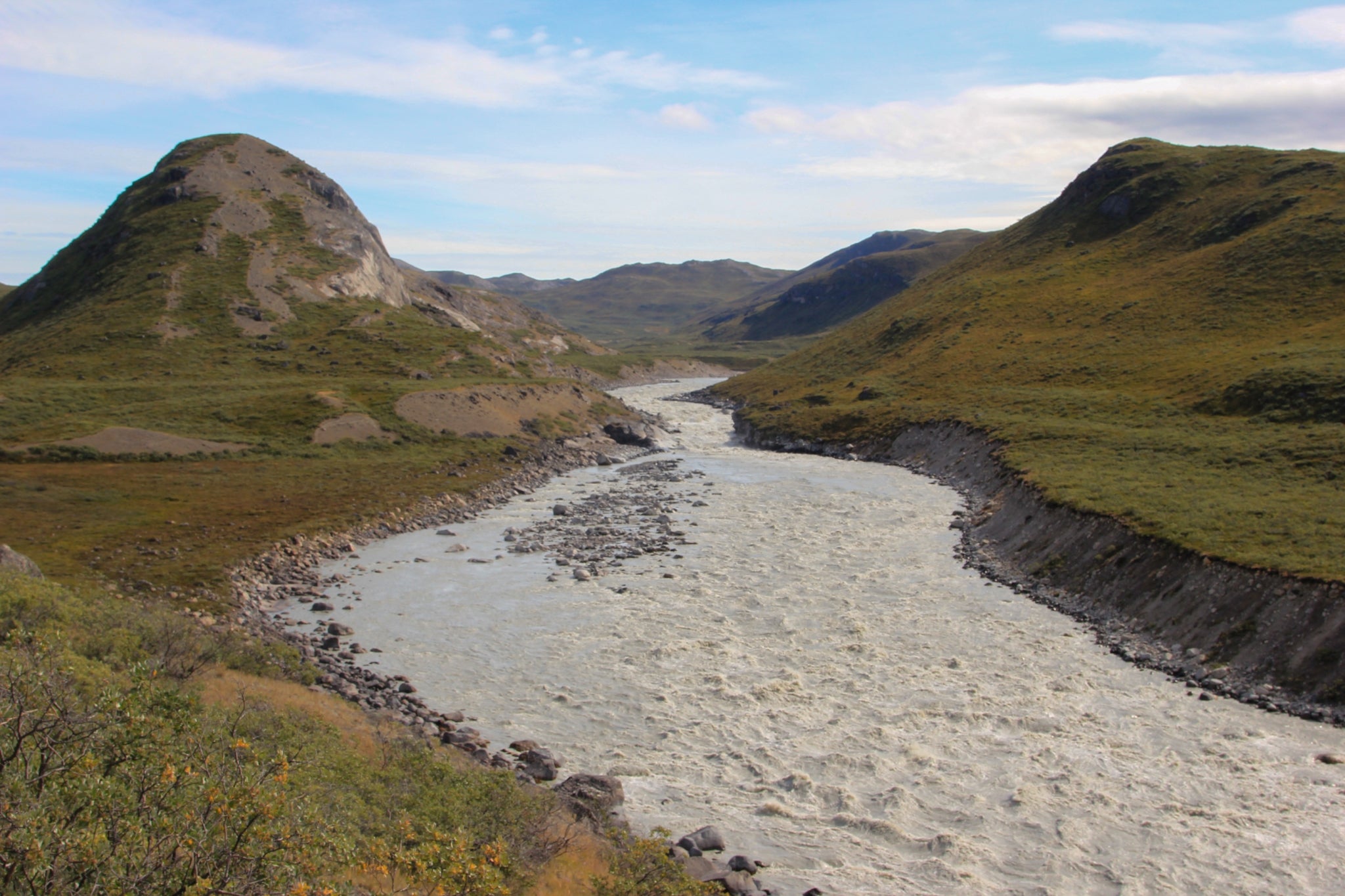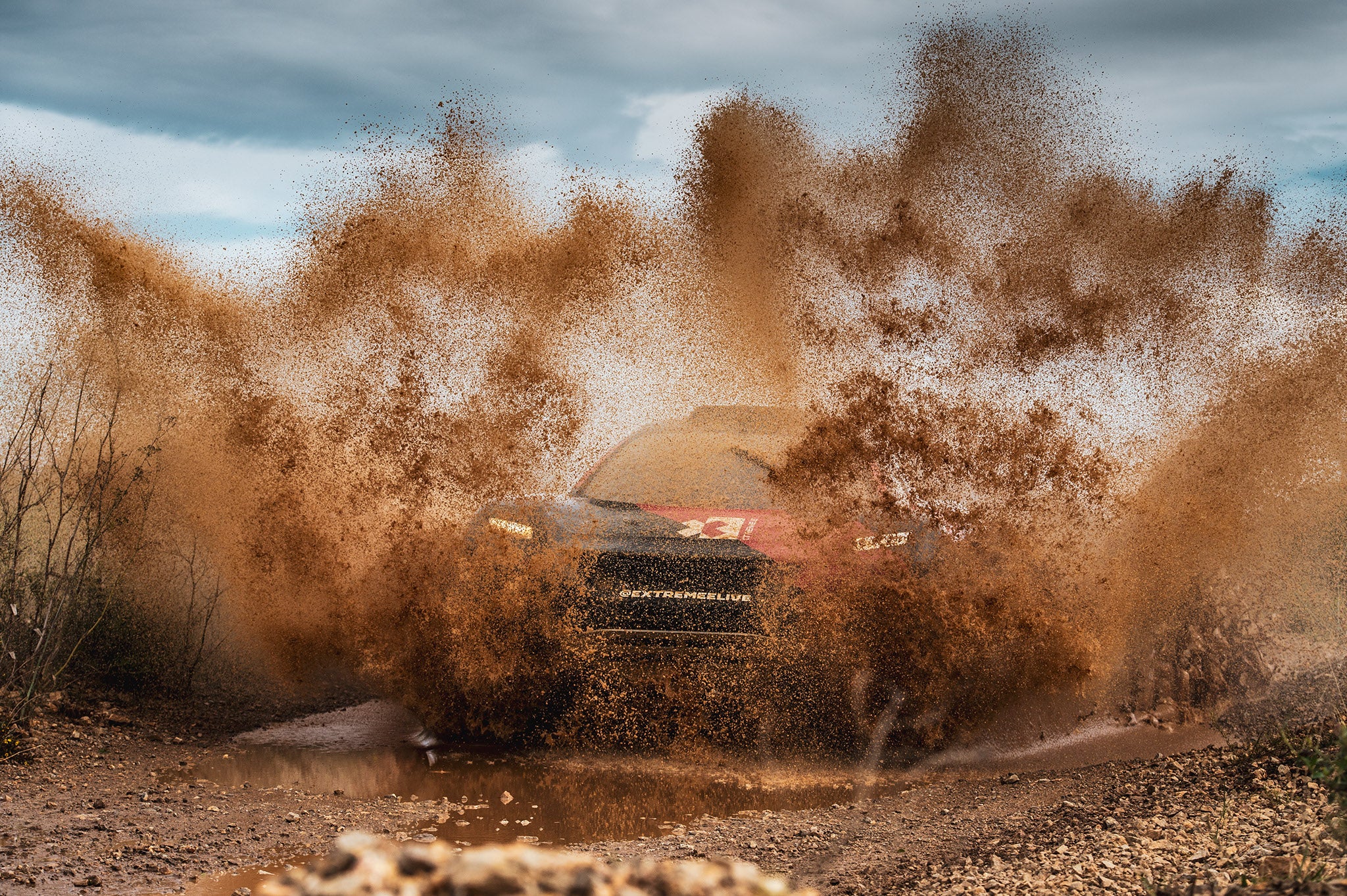
#Extreme E
Driving on extreme terrain: Greenland
Driving in the arctic

The Arctic sits at the top of the world, a deep ocean covered by drifting pack ice, surrounded by frozen continents and archipelagos. However, that doesn’t necessarily mean the entire region is just snow and ice. In fact, the location of the first-ever motorsport race in Greenland highlights this poignant issue. The first stage of the Extreme E race series will take place on the edge of the Russell Glacier, on terrain that just a few years ago was still covered in a slowly receding ice mass. Today, driving conditions in this location are determined by rocks, sand and gravel, as climate change slowly melts away what once was perpetual ice. The harsh terrain will present a challenge to the drivers, their cars and their tires in particular. The main difficulty faced by the high-performance electric vehicles will include maintaining grip and traction on unreliable surfaces while travelling at top speeds.
On the upside, the teams could have as many as 24 hours of daylight on the longest days of the year. Here are some of the driving challenges that transcend sunlight, which the Extreme E contestants will face in Greenland.


Record Greenland ice melt in the summer of 2019
Billion tons ice lost in one day (7/30/2019)
12

Billion tons of ice melted within a month
200

of the island´s surface ice experienced melting
60%
- Driving on rocks
- Driving on sand and gravel
- Staying focused on uneven terrain
We think of a glacier as a massive, slowly moving ice mass. However, that mass also plucks debris from below, incrementally amassing and moving along rocks, gravel and sand. As glaciers melt and retreat, the sediment gets left behind. Greenland’s Russell Glacier is surrounded by rock mass of all sizes. The larger rocks will pose the greatest threat to the tires, especially the sidewalls.
The Continental CrossContact is a high-performance all-terrain tire that was designed and built especially for the extreme conditions of Extreme E. Its tread was designed to enhance traction and stability on practically any surface, but on uneven terrain like this, it’s impossible to prevent other parts of the wheel from making contact with the ground. In that case, the large, sharp edges of the stones, rocks and boulders strewn across the race route could present a risk to the more vulnerable rubber sidewall of the tire.

What´s happening on social media right now
Related articles
This Extreme E stage will take place on rocky terrain in order to highlight the threat global warming poses to the Arctic. This terrain may seem like less of a problem than driving on snow and ice, which people traditionally associate with the region, but in reality, rocks, sand and gravel are extremely tricky to navigate. Of course, it helps to have a good offroad tire. The Continental CrossContact’s tread pattern consists of big blocks and an off-shoulder design that makes it ideal for soft surfaces like sand and gravel. It also incorporates a special feature that bumps out any stones that may get stuck in the tire. For this stage of the race, the team may choose to slightly reduce tire pressure to improve performance. However the fact remains that on shifting, unstable ground, tires can't find the traction needed for stable control. General advice for driving on sand and gravel is to take it slow and steady, but this is a race, so speed is not optional! Instead, drivers will have to focus on consistency. If they keep sudden changes in direction to a minimum, accelerate and brake with deliberation, and keep up a steady momentum to avoid getting stuck, the tires will help them stay on track. |

In Greenland, Extreme E contestants will be driving during long, relatively “warm” summer days. In terms of temperature and light, the Arctic in summer may actually offer the perfect offroad driving conditions. Unlike some of the other Extreme E destinations, drivers won’t be struggling physically with heat and humidity, or battling poor visibility. The main issue for drivers will be the uneven, unsteady and unpredictable terrain underfoot (or more accurately undertire) – and the unwavering concentration that requires.

